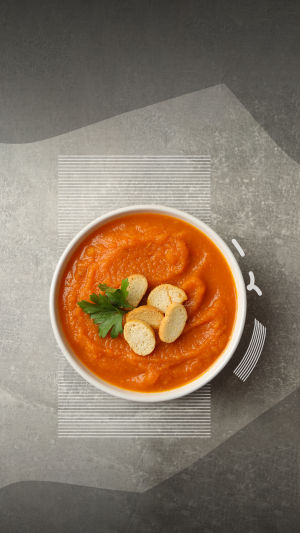Pumpkins are a favorite vegetable for both adults and children, and there are many benefits to eating more pumpkins. Pumpkins can promote growth and development due to their high zinc content.
Zinc can participate in the synthesis of nucleic acid and protein in the human body and is an inherent component of the adrenocortical hormone. Pumpkin is high in calcium, high in potassium and low in sodium, which is an important substance to promote human growth and development.
Mannitol in pumpkin also has the effect of diuresis and defecation, which can promote the excretion of toxins in the body along with urine and feces. Pumpkins can also help you lose weight because pumpkins are not very high in calories and are rich in dietary fiber.
The pectin contained in pumpkin can protect the gastric mucosa from irritation, promote bile secretion, enhance gastrointestinal capacity and help digestion.
It is not difficult to cultivate pumpkins. The best time to grow pumpkins is in spring and autumn, from January to March and from July to August, respectively. Pumpkins prefer fertile, neutral or slightly acidic sandy loam soil.
They have a developed root system, strong water absorption capacity, and strong drought resistance, but are not resistant to waterlogging, so they must be drained in time in case of rain and waterlogging.
The optimum growth temperature is 25-30 ℃ for seed germination, 18-32 ℃ for growth and development, higher than 15 ℃ for flowering and fruit growth, and 22-27 ℃ for fruit development. Pumpkins are light-loving plants, with sufficient light, good growth, fast fruit growth and good quality; in rainy days, lack of light is easy to turn melons, but also prone to diseases.
The most suitable way for children to eat pumpkin is mashed pumpkin, which tastes good and is easy to digest.
1. Peel and sac the pumpkin, wash it, cut it into thin slices, and place it on a plate.
2. Boil the water in the pan, put in the pumpkin slices, sprinkle some sugar, cover the heat and steam for 10 minutes.
3. Take out the steamed pumpkin, pour it into a large bowl and pour in 3 tablespoons condensed milk.
4. Use a spoon to stir the pumpkin with condensed milk and press it into the mud.
5. Put the mashed pumpkin into a bowl and sprinkle with 2 tablespoons condensed milk.
In addition, there are some tips to pay attention to:
1. Cut the pumpkin into thin slices as far as possible. after steaming, the pumpkin is easy to mash into the mud. Turn the pumpkin on the plate to make it easier to steam through.
2. Before steaming, cover the pumpkin with a layer of cling film to prevent more water in the dish, resulting in the dilution of pumpkin mud. You can also take out the steamed pumpkin and pour out the excess water from the plate directly.
3. Condensed milk is concentrated milk with sugar, which is much sweeter than fresh milk, coupled with the sweetness of pumpkin itself, so condensed milk should not be added, otherwise, it will be too sweet and greasy.





